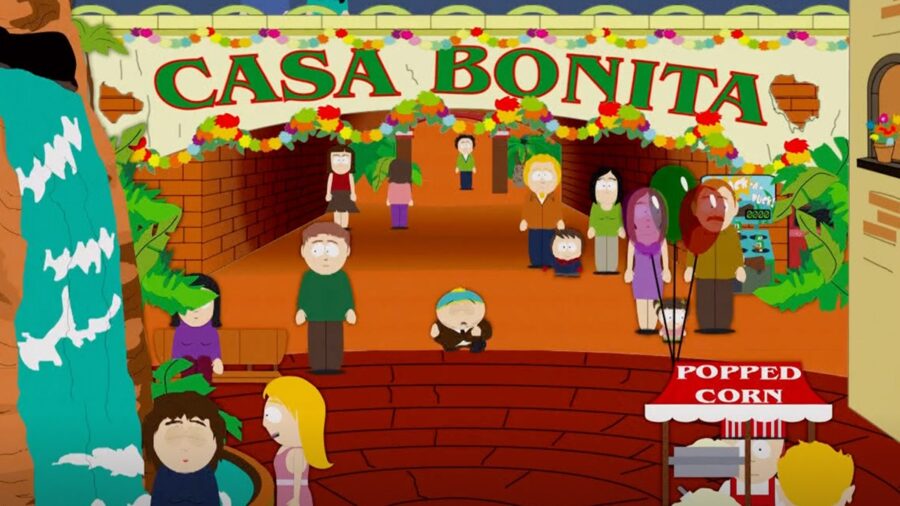South Park Is So Successful Because Of One Golden Rule

Back in 2011, South Park creators Trey Parker and Matt Stone hosted a surprise class at NYU called “Storytelling Challenges.” During this class, Trey Parker, who has written every single script for the long-running animated sitcom, revealed the one golden rule that he follows while writing an episode of South Park that’s as ingenious as it is effective. The rule simply states that if you replace every instance of the word “and” in a story with either “but” or “therefore,” the writing will be superior.
Cause And Effect

One of the main reasons South Park’s storytelling is so effective is because every single action made by a character has a direct consequence. By forcing himself to think outside of the “and,” Trey Parker is able to escalate whatever story he’s trying to tell in a way that’s engaging because he’s focusing on cause and effect.
Avoiding Sequential Pitfalls

Conversely, saying “this happened, and then this happened, and then this happened,” doesn’t make a compelling story because you’re just listing a bunch of things that happened, which doesn’t necessarily drive a story, or its characters, to do anything interesting. A perfect example of this, as it applies to South Park, can be found in Season 7’s “Casa Bonita.”
Kyle’s Party Drama

As the story unfolds, it’s clear that Trey Parker’s golden rule is at play. In this episode of South Park, it’s Kyle’s birthday. Therefore, his mother decides to take him and his friends to Casa Bonita to celebrate. But Kyle tells Cartman he’s not invited because he’d rather invite Butters, who isn’t a total jerk like Cartman.
Kidnapping Scheme

After receiving an apology from Cartman for his past behavior, Kyle tells Cartman that if Butters can’t make it to the party, he can take his place. Therefore, Cartman decides that kidnapping Butters and hiding him in a bomb shelter for a week is the best way to get invited to Kyle’s party. But Butters escapes, which complicates matters for Cartman.
Cartman’s Dynamics

“Casa Bonita,” and every other episode of South Park for that matter, follows this tried-and-true formula without fail. In an alternate universe where Trey Parker just decided to take his audience from point A, to point B, to point C, Cartman would never come up with an elaborate way to carry out his plan, because, in this case, the “but” or “therefore” is driven by Cartman’s behavior.
Without Cartman’s sociopathic tendencies influencing the course of events, Kyle would go to Casa Bonita without Cartman, and there wouldn’t be much of an episode at all.
Storytelling Brilliance

While South Park often gets a bad rap for being a series that centers on problematic humor that seemingly has no filter, Trey Parker’s golden rule makes for some incredibly smart writing. By stopping himself every time he thinks he’s about to “yes and” his way through a script, he critically considers how to introduce conflict driven by a character’s actions.
Introducing that source of conflict leads to consequences that need to be further explored, which continues to drive the storytelling toward its resolution. It may seem like a simple writing trick, but I strongly suggest you try it out for yourself because the guys from South Park have made a living out exploring this one concept to its fullest potential.












